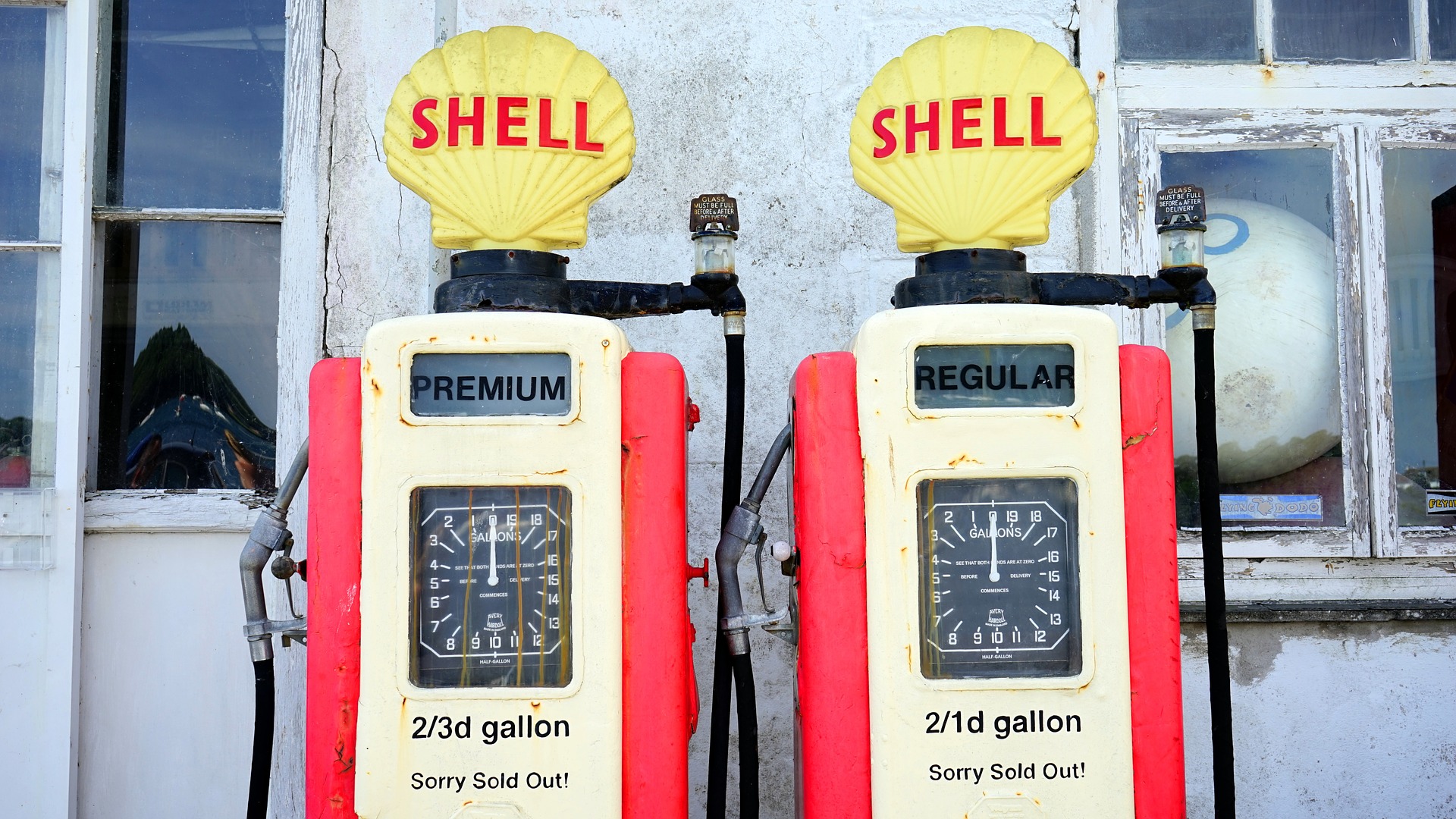A Dipstick’s Guide to Engine Oil
14
DECEMBER, 2017
Just kidding. Sort of. But just read this guide and you’ll be an expert in no time.
You know what a dipstick is. Or you’ve seen one. Once. A while ago. So we’re starting at square one, or thereabouts, to figure out how to change the oil in your car. There’s a lot more to it than filling your car with oil, so let’s start at the basics: what oil you should use.
Most shops carry a range of options when it comes to oil. If you were shopping for the best loaf of bread, you’d welcome the options, but things are a little more complex here. These options tend to have what seems like hieroglyphics written on them: a set of letters and numbers with absolutely no explanation of what they mean, or why they’re on the bottle. To make matters worse, you might find a similarly priced bottle only to find there are a completely different set of numbers and letters on it. What are you missing here, besides the Rosetta Stone?
Well, this blog is just that!
Types of Engine Oil
There are three types of oil available at most shops: synthetic, mineral and semi-synthetic.
Synthetic
Synthetic oil is pricey. That’s because it has been created specifically to work in various weather and temperature conditions, all whilst reducing drag on your engine (hello, smaller price at the petrol pump!). It cleans the engine as the oil is pumped around, too.
Mineral
Mineral oil, typically the cheapest, is a component part of crude oil. It is produced after oil is refined. There are very few car companies that recommend its use, as it isn’t conditioned with detergents that help clean your engine (these are required ingredients in oil nowadays). Further, it has a limited temperature range, meaning that if you find yourself in extreme temps, you may find yourself with a malfunctioning car. If you live in a temperate place and have a car with an older engine, you could choose mineral oil without a problem.
Semi-synthetic
Semi-synthetic oil is a blend of synthetic and mineral oil. It has a mid-range price tag, and its functionality is a combination of synthetic and mineral oil.

Now that you know that, let’s talk about oil viscosity
There are numbers on any bottle of oil, be it synthetic, semi or mineral. The large numbers of the bottle, such as 10w40, denote the oil’s viscosity, or, in other words, how easily it flows through your engine. Thinner oil has low viscosity, whilst thick oil has high viscosity.
Think of water and syrup. Water has a low viscosity. Syrup has a high viscosity. Don’t put those in your engine, though! Although there is some variability based on temperature (in the cold, oil will flow more slowly), for the overall health of your car, you want oil to flow pretty consistently at most temperatures. Since there is no one oil that can perform the same in traffic-free northern Canada and in a traffic jam on the equator, the Society of Automotive Engineers* introduced a system that provides guidance on how suitable a particular grade of oil is in certain temperatures. Oftentimes, to expand the range of temperatures that an oil can operate in, different grades are combined. These oils are known as multi-grade oils.
So…what do the numbers mean, then?
Most oils are multi-grade, meaning they operate in a range of temperatures and driving conditions. They are a blend of several viscosities, and the two viscosity numbers are separated by a “w” (the “w” mean s winter, fun pub quiz fact). That’s where numbers such as 10w40 come from. Mono-grade oils, such as 20w, are pretty uncommon these days, but you do see them sometimes.
Oil is tested for its viscosity (or flow rate) at certain temperatures. The Society of Automotive Engineers then assigns a grade number based on the test outcome. The grade numbering system is as follows: 0, 5, 10, 20, 30, 40, 50, and 60. Flow rates are tested at multiple temperatures, including 100 C to simulate a running engine. So, the first number is the thinner, less viscous oil (think, the water-type oil) that is better for winter temperatures (hence the “w”). The second number in multi-grade oil is the hot viscosity of the oil.
* There are other organisations that define the grading for car oils, including the European Automobile Manufacturer’s Association and the American Petroleum Institute, but the Society of Automotive Engineers is the standard.
What grades work well in cold temperatures?
The first number on any multi-grade oil denotes the viscosity at low temperatures.
- 0w oil flows well up to -30ºC
- 5w oil flows well up to -25ºC
- 10w oil flows well up to -20ºC
- 15w oil flows well up to -15ºC
- 20w oil flows well up to -10ºC
Unless you’re in Siberia, you can work just fine with 20w oil.
Adding that second number
Remember that oils are also tested at 100ºC to simulate a running engine. That second number after the “w” is the viscosity of oil at the hotter temperature. So a 10w40 multi-grade oil at 100ºC will only thin as much as its higher rating: the 10-weight oil will not thin more than the 40-weight oil when it is hot. The 10w oil was tested at -10ºC, but at 100ºC will only thin as much as a 40-weight oil would.
For turbo diesel engines: Sulphated Ash, Phosphorous and Sulphur (SAPS)
Just when you thought you were getting it all, we had to make it a little more complicated, of course! If you have a turbo diesel car, which uses a diesel particulate filter (DPF) in your exhaust, you need to use a low SAPS oil, or low ash oil. Low ash oil is labelled C1, C2 or C3, and denotes the percent of ash in the oil. C2, at .8% ash, is better for high performance engines.
If you see an oil 10w40 C1, that simply means the oil is suitable for cars with a DPF. Make sure you check your owner’s manual to ensure whether you require C1, C2 or C3 oil.
Other types of oil
Some car manufacturers have their own oil grades for specific models of car, but they have an equivalent Society of Automotive Engineers grade. You just need to check what it is.
So there you have it. The most expensive isn’t always the best, and the higher the number doesn’t necessarily mean you need it (or don’t).
The next time you change your oil, remember to change the filter as well as the oil, and check your oil level at least once a month (once a week for cars 10 years or older, or for cars with high mileage).
This is where Where’s My Dipstick comes in.
Whether you’re looking for general information, or are a little more advanced, you’ll have a one-stop shop at your fingertips so you can take matters into your own hands – and get comfortable under the bonnet.
FURTHER READING






